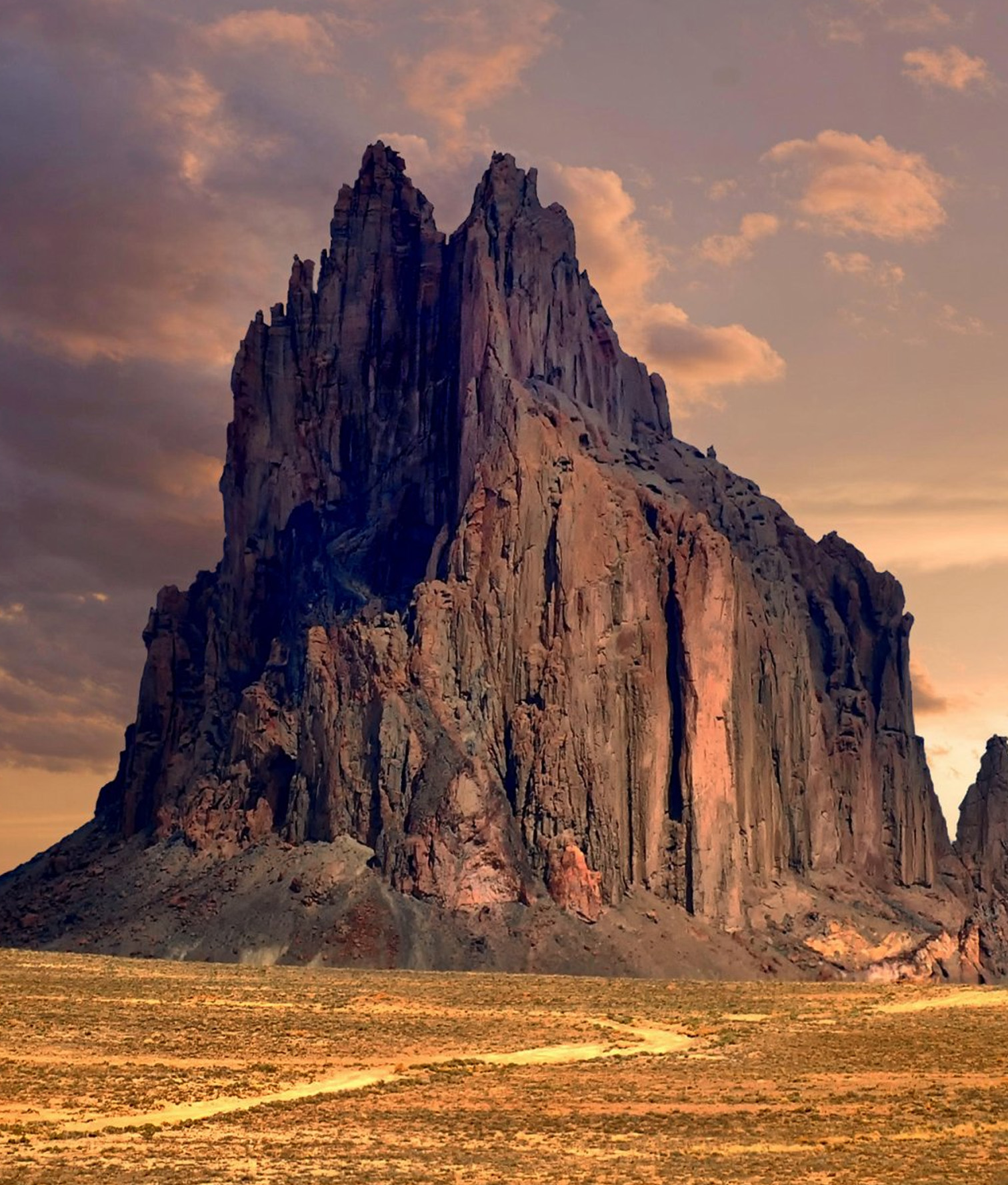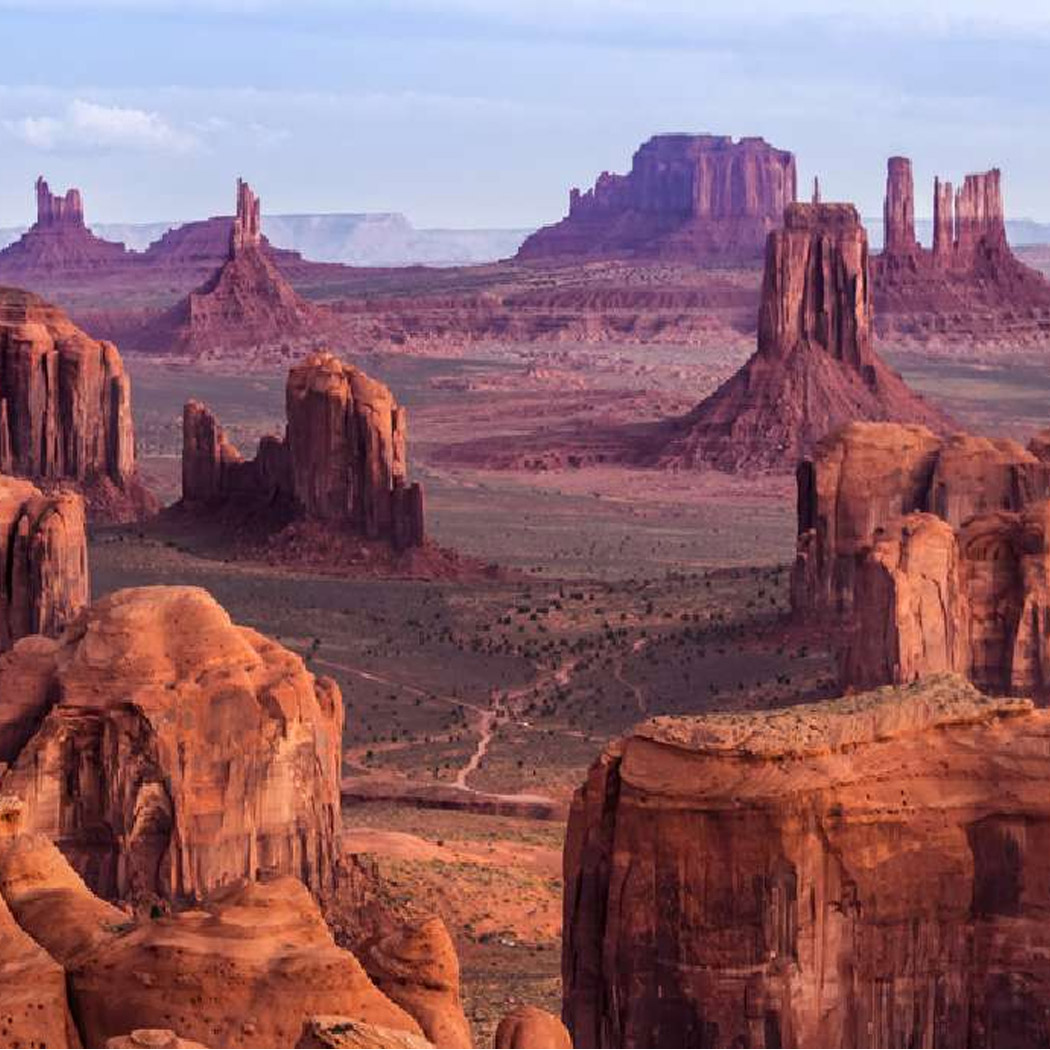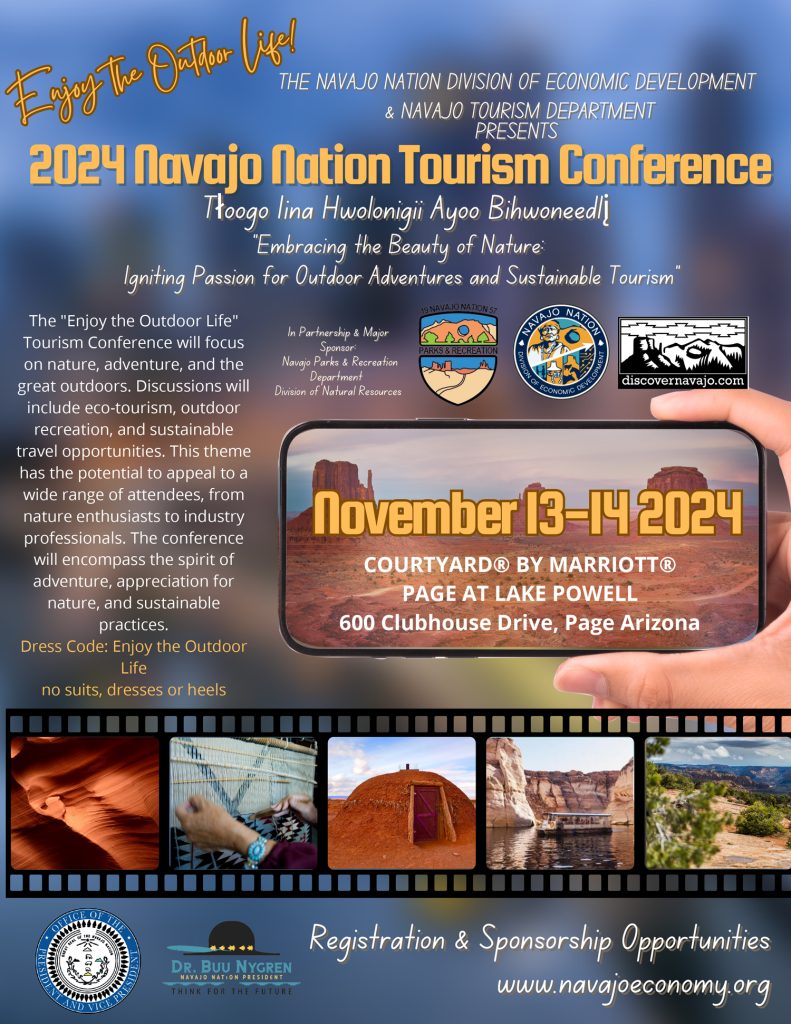
The Unfolding Horizon: Crafting the Future of Navajo Nation Tourism
The Navajo Nation, or Diné Bikeyah – Land of the People – spans over 27,000 square miles across Arizona, Utah, and New Mexico, a territory larger than ten U.S. states. It is a land of unparalleled natural beauty, from the iconic red rock spires of Monument Valley to the ancient cliff dwellings of Canyon de Chelly, the ethereal slot canyons of Antelope Canyon, and the majestic sweep of the Grand Canyon’s eastern rim. Beyond its geological grandeur, it is a living landscape steeped in the enduring culture, language, and spiritual traditions of the Diné people.
For decades, this vast and awe-inspiring territory has drawn visitors, often as a fleeting stop on a broader Western road trip. However, the Navajo Nation is now actively recalibrating its approach to tourism, moving beyond passive observation towards a proactive, culturally sensitive, and economically empowering strategy. The goal is clear: to invite the world not just to see, but to understand, to experience, and to contribute to the sustainable future of the Diné. This shift necessitates sophisticated, multi-faceted marketing strategies that balance economic opportunity with the paramount importance of cultural preservation and environmental stewardship.
The Unique Selling Proposition: Authenticity and Immersion
At the heart of any effective marketing strategy lies a compelling unique selling proposition (USP). For the Navajo Nation, this is unequivocally its profound authenticity. Unlike many destinations that curate experiences for tourists, the Navajo Nation offers an opportunity to engage with a living, sovereign Indigenous culture on its own terms.
The marketing narrative must emphasize this distinction. It’s not just about scenic overlooks; it’s about the stories woven into the landscape, the traditions passed down through generations, and the resilience of a people who have thrived here for centuries. Key elements of this USP include:

- Living Culture: Highlighting opportunities for cultural immersion – participating in a traditional meal, observing rug weaving demonstrations, learning about Diné language and philosophy, or hearing creation stories from elders. This moves beyond superficial engagement to genuine connection.
- Guided Experiences: Many of the Nation’s most breathtaking sites, like Antelope Canyon and Canyon de Chelly, require a licensed Navajo guide. This is not merely a regulation but an integral part of the experience. Marketing efforts must frame guides not just as navigators, but as cultural interpreters, storytellers, and stewards of their ancestral lands. As one Navajo guide often states, "We don’t just show you the rocks; we tell you what they mean to us."
- Untouched Wilderness: Promoting the vast, unspoiled nature of the reservation, offering opportunities for hiking, horseback riding, stargazing (the Navajo Nation recently earned International Dark Sky Park designations for some areas), and genuine adventure tourism in a unique ecosystem.
- Sovereignty and Self-Determination: Communicating that visitors are entering a sovereign nation, underscoring the importance of respect for local laws, customs, and the economic benefit directly supporting the Diné people. This also appeals to a segment of travelers interested in ethical and responsible tourism.
Current Challenges and Strategic Responses
Despite its inherent appeal, the Navajo Nation faces several marketing challenges:
- Awareness Beyond Iconography: Many potential visitors know Monument Valley or Antelope Canyon but are unaware of the broader scope of experiences available or the fact that these sites are within a sovereign nation.
- Infrastructure Gaps: Remote locations mean varying levels of road quality, limited lodging options, and patchy internet/cell service, which can deter some travelers.
- Perception vs. Reality: Overcoming potential misconceptions or stereotypes, and educating visitors on appropriate cultural etiquette.
- Funding and Coordination: As a vast and decentralized entity, coordinating a unified and well-funded marketing effort across the entire Nation can be complex.

To address these, current and future marketing strategies are focusing on several key areas:
1. Digital Transformation and Storytelling
The Navajo Nation Tourism Department (NNTD) and various local enterprises are increasingly leveraging digital platforms. This includes:
- Robust Online Presence: A comprehensive, user-friendly official website (e.g., NavajoNationParksandTourism.org) is crucial, featuring high-quality photography, virtual tours, detailed travel planning information, and booking capabilities for tours and lodging.
- Social Media Engagement: Platforms like Instagram, Facebook, and YouTube are vital for visual storytelling. Campaigns showcasing not just the landscapes but also the faces, voices, and daily lives of the Diné people – weavers, silversmiths, chefs, guides – create an emotional connection. User-generated content from respectful visitors is also highly valuable.
- Influencer Marketing: Partnering with travel bloggers, photographers, and ethical travel influencers who align with the Nation’s values can reach niche audiences and convey authentic experiences. The emphasis here must be on responsible influence, ensuring partners understand and respect cultural protocols.
- SEO and Content Marketing: Optimizing online content for search engines to capture travelers actively researching Southwestern destinations, and developing blog posts, articles, and videos that delve deeper into Navajo culture, history, and travel tips.
2. Experiential and Niche Tourism Development
Moving beyond "sightseeing" to "experience-seeking" is paramount.
- Cultural Workshops & Homestays: Promoting opportunities for hands-on learning, such as traditional weaving, pottery, cooking classes, or immersive homestay experiences with Navajo families. These offer unparalleled insights into Diné life and provide direct economic benefit to local communities.
- Adventure Tourism: Marketing the vast outdoor recreation opportunities, including guided hiking, mountain biking, horseback riding, and rafting, with an emphasis on sustainable practices and local guides.
- Dark Sky Tourism: Leveraging the Nation’s pristine night skies. Marketing efforts can highlight stargazing tours, astrophotography workshops, and the cultural significance of the cosmos in Diné cosmology. The NNTD actively promotes these designated areas.
- Heritage Tourism: Focusing on historical sites, ancient ruins, and museums that tell the story of the Diné people, their resilience, and their contributions.
3. Strategic Partnerships and Collaboration
The sheer size and scope of the Navajo Nation necessitate collaboration.
- Regional Tourism Boards: Working closely with the state tourism departments of Arizona, Utah, and New Mexico to be included in broader regional marketing campaigns, ensuring the Navajo Nation is seen as a distinct, must-visit destination within the Southwest.
- National Parks Service (NPS) and Bureau of Land Management (BLM): Collaborating on co-marketing efforts for sites adjacent to or within the Nation, such as Grand Canyon National Park or Glen Canyon National Recreation Area, ensuring visitors are aware of Navajo-led tours and enterprises.
- Tribal Tourism Organizations: Partnering with organizations like the American Indian Alaska Native Tourism Association (AIANTA) to share best practices, advocate for Indigenous tourism, and access broader marketing channels.
- Private Tour Operators: Developing strong relationships with reputable, culturally sensitive tour operators who can bring visitors to the Nation and adhere to its principles of respect and sustainability.
4. Infrastructure and Accessibility as Marketing Tools
While not strictly marketing, improving visitor infrastructure is a critical enabler. Marketing efforts can highlight:
- New Lodging Options: Promoting new, culturally appropriate, and sustainable lodging developments that encourage multi-day stays, such as the new hotels near Monument Valley or expanded campgrounds.
- Improved Signage and Wayfinding: Clear, bilingual (Diné and English) signage enhances the visitor experience and promotes safe travel.
- Visitor Centers: Developing modern, informative visitor centers that serve as welcoming gateways, offering comprehensive information, cultural displays, and local artisan markets.
The Message: Respect, Reciprocity, and Resilience
Ultimately, the marketing message for the Navajo Nation must transcend mere tourism promotion. It needs to convey an invitation to a unique cultural exchange built on respect and reciprocity. "Come to learn, not just to see," should be a guiding principle.
The narrative should emphasize:
- Stewardship: The Diné people are the original stewards of this land. Visitors are invited to participate in this stewardship by practicing Leave No Trace principles and respecting sacred sites.
- Economic Empowerment: Visitors’ dollars directly support Navajo families, entrepreneurs, and community initiatives, contributing to the Nation’s self-sufficiency. "When you buy a Navajo rug, you’re not just buying art; you’re supporting a family and a tradition," a local artist might explain.
- Cultural Exchange: Fostering an environment where visitors feel welcome to ask questions, learn, and engage respectfully, thereby enriching both parties.
The Future Horizon
The Navajo Nation’s tourism marketing strategies are evolving, driven by a clear vision: to create a sustainable, culturally enriching, and economically beneficial tourism industry. By focusing on authentic experiences, leveraging digital platforms, forging strategic partnerships, and continuously developing its infrastructure, the Nation aims to transform its image from a collection of scenic stops into a profound destination for immersive cultural discovery.
The journey is ongoing, marked by the delicate balance of preserving an ancient heritage while embracing modern opportunities. As the sun casts its long shadows across Diné Bikeyah, the future of Navajo Nation tourism is being meticulously crafted, inviting the world to step onto sacred ground, to listen to the land, and to witness the enduring spirit of the Diné people. This is not just a marketing campaign; it is an invitation to connect with a living legacy, offering an experience that leaves a lasting imprint on the soul.


